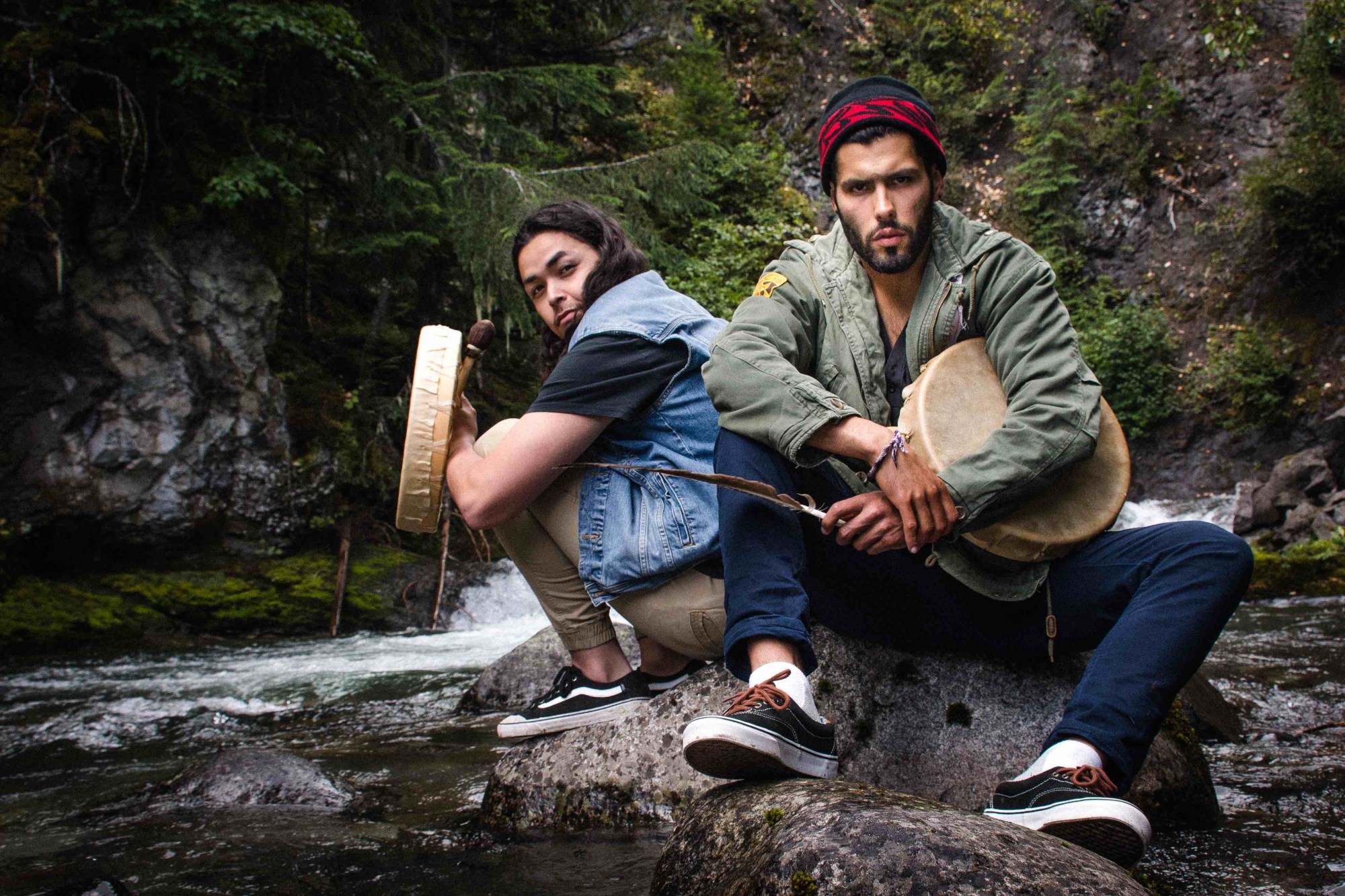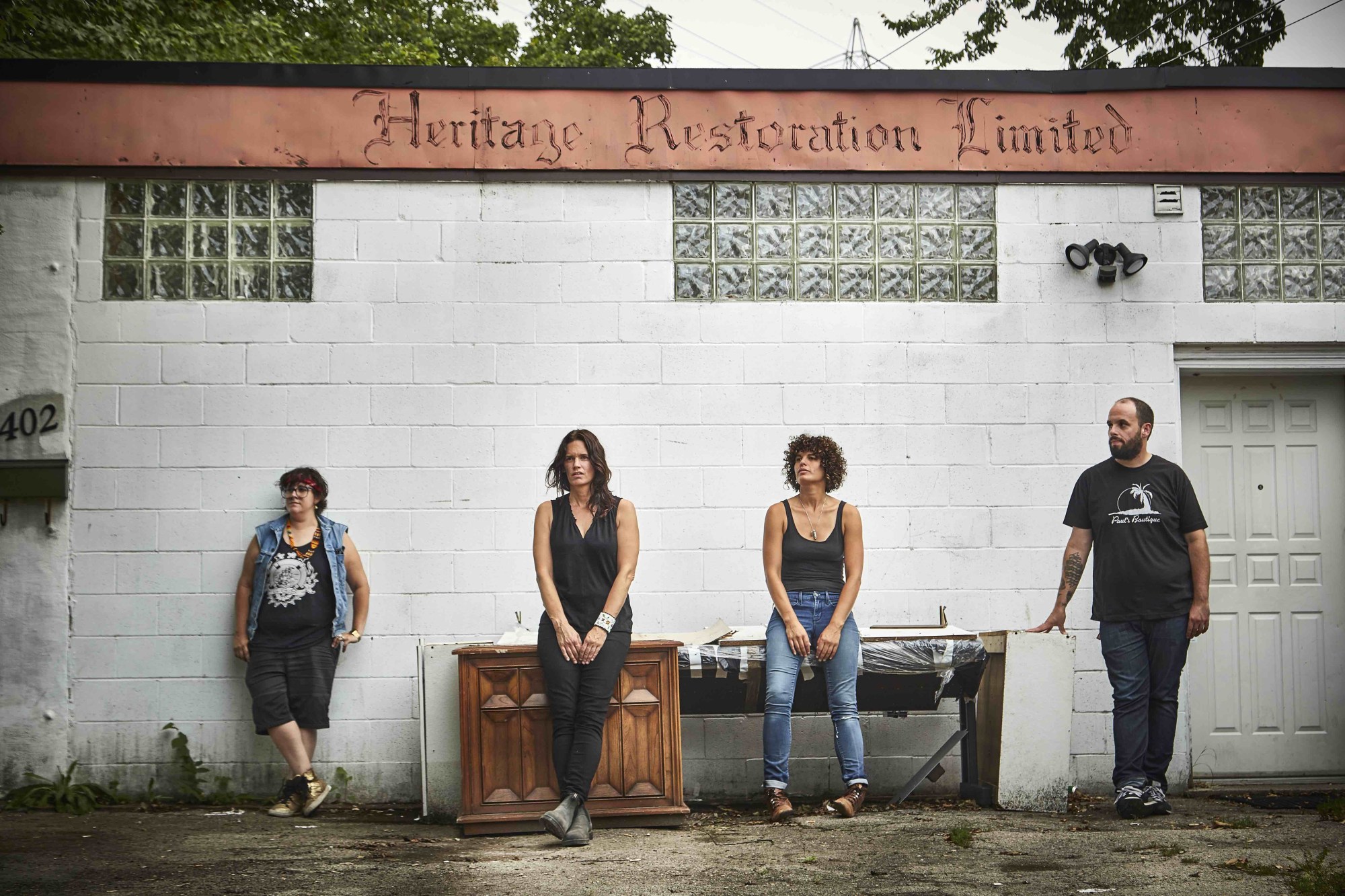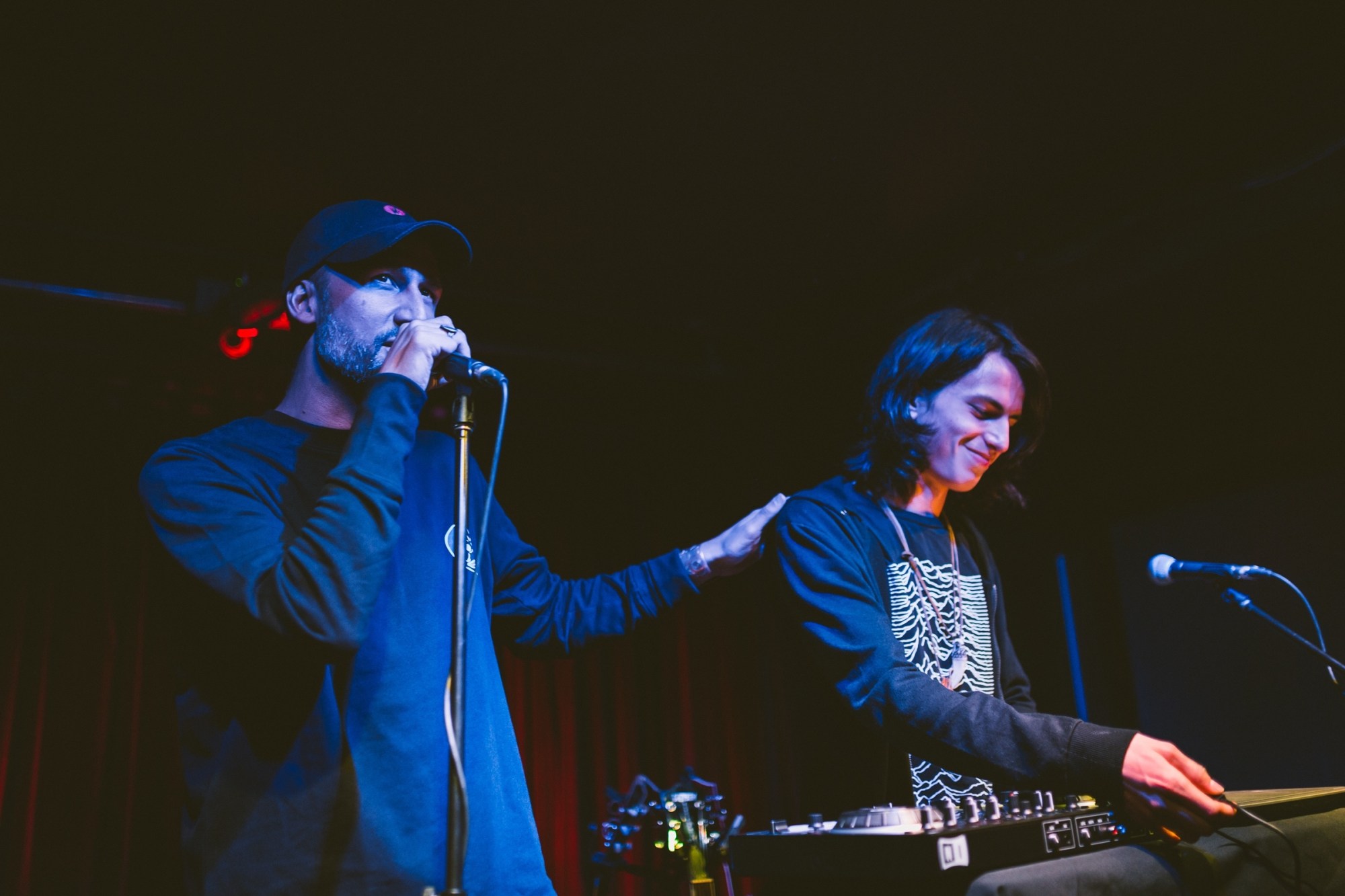It’s National Native American Heritage Month, a symbolic gesture from the U.S. government to acknowledge the indigenous peoples in this country, all the more crucial as the Standing Rock protests reach a crisis point. Throughout November, writer Braudie Blais-Billie will be reporting on the creativity and activism of Native peoples.
Indigenous leader Jarrett Martineau believes that we are at the beginning of a long battle for equality and just representation. Martineau, a Toronto-based Cree and Dene First Nations creative, started the indigenous musical platform Revolutions Per Minute (RPM) in 2011 to foster an artistic community that pushes against tired notions of what Native music should look and sound like.
The platform built an online community of Native artists from the ground up, profiling and promoting those important to contemporary indigenous music. Over the last year, it’s transitioned towards RPM Live, a series of performances by emerging indigenous artists, that has broadened its audience from a niche online community to non-Native listeners. And as of August, RPM Records has launched. The record label currently has four artists —Exquisite Ghost, Mob Bounce, Leanne Simpson, and Ziibiwan — and is blazing into 2017 with exciting new projects like the RPM mixtape that’s a collaboration of labelmates and non-indigenous artists alike. Martineau is bringing the RPM Live series to New York City in early December, partnering with the New School to organize a concert in support of the Standing Rock Sioux nation’s struggle against the Dakota Access Pipeline.
Martineau speaks with i-D about indigenous visibility, the far-reaching power behind organized indigenous resistance, and what makes RPM the future of contemporary Native art.

What is your background with music?
I started out from an artist’s perspective. I was doing a bunch of hip hop projects, I had a live band back in Vancouver, and then I did a more experimental electronic project. One of the things that’s been really cool from the beginning [of RPM] is that everybody that has worked on it from the core team has been other indigenous artists. My pathway to what RPM is comes first from that artist vantage point and also from having done work in a variety of media and really seeing the gaps where indigenous artistry and music — and just generally indigenous people — are not represented in so many different media platforms.
What are your general thoughts about contemporary indigenous representation in the media?
What’s interesting to me about it is how different the conversations are depending on where you go, even just between the artificial and imposed border that splits Canada and [the U.S.]. It’s not that conversations around identity and representation don’t happen in Canada because obviously it’s a big contentious thing here for many reasons, but there’s more visibility of indigenous people now in media in Canada than there is in the States.
So there’s two aspects of that fight: one is to get your presence known, so the fact that you’re even present in those spaces is a positive thing. But I feel like what we’re transitioning into now, and where the more interesting work starts to happen, is once you’ve proven that point. Once we get beyond the narrative of saying “We’re still here,” that should be the beginning of that conversation. Then from there, how do we not just reclaim but actually own that representation on all forms. How can we take up these different spaces in media and really own our self-representation within that? But I feel like so much of the battle now, so much energy gets put into just even the point of, “Hurray, we finally got one Native person in that particular place.”
Has the Dakota Access Pipeline fight changed the way indigenous peoples are perceived in Canada?Because of how dialed in everybody is on all the media platforms, especially on Facebook and Twitter, not only do you have this alignment of everybody who’s going out physically to support on the frontline, but those kind of things [the Mauna Kea struggle in Hawaii, the fight to save Oak Flat in Arizona] become real rallying points around the larger indigenous community. Not only to show solidarity but also to have it be a jump-off for addressing related struggles that are happening in other territories.
What’s been cool for me to see is how that growth [of the Sacred Stone prayer camp] has seeped into the wider consciousness of people doing work in other communities. These are flash points that just occur because there are so many communities that are in a similar position to Standing Rock. They might not have the specific kind of pipeline like the DAPL, but I can think of a ton of examples that are frontline, immediate situations where communities are facing that level of crisis all the time. Something like the Standing Rock thing is a good way to amplify that Standing Rock is not unique, Standing Rock is just one of countless examples in Indian Country that are similar to that.
Specifically connected to the RPM, it’s nice to see more and more artists do songs that are inspired by what’s happening there, or who are doing music or art that’s in solidarity with the struggle that’s happening there. Those kind of seeds get planted and grow even further [than the prayer camps] because the songs themselves can go further afield. One that shared her video with us is a singer named Raye Zaragoza. She did a little video of her singing this acoustic song about the fight that’s happening there, dedicated to protecting the water.
Who are some indigenous musicians that you’re really excited about these days?
The obvious ones are the four artists we’ve been working directly with in terms of the label because a lot of people don’t know those artists at all. That’s kind of why we started the label, to be able to work with those artists that we see are up and coming.
There’s an artist who we’ve been trying to get for one of our RPM live shows named Jeremy Dutcher. He’s a Maliseet [First Nation] artist from the east coast of Canada — a classically trained opera singer and one of the few remaining language speakers from his nation. He’s done work using these archival recordings of traditional music and songs from his nation that he’s re-imaging and rearranging in a contemporary form. So he’s blending Western classical stuff, sort of jazz elements, with the traditional side as well.

RPM lets you know that Native American artists aren’t just drum circles and a song in the Native tongue — sometimes you can’t even recognize the work as indigenous.
Exactly. There are some who can see in that a point of critique, like if it doesn’t read as overtly [indigenous in] a particular way to them, then they don’t know if they can even read it as being [indigenous]. But for me, that’s all about understanding who the artists are, and in a way not feeling like we have to constantly try to prove it. We don’t need to prove to non-Native people that there are enough dream catchers on the album cover so that they recognize it as indigenous. I’m not really about that.
It’s not that [RPM] is necessarily going to give you these stereotypical points to affirm what you already think you know about Native people, it’s actually going to be a point of departure which I think is more interesting. So much of what we do is reactive. We’re constantly being like, “We gotta prove to you that our thing is valid,” as opposed to be celebrating ourselves and what we do as a given for itself. That’s where I want to take RPM.
Catch the RPM Live series:
November 17th – Toronto, details to follow on Facebook page.
December 2nd – New York City, Decolonize This Space.
Credits
Text Braudie Blais-Billie
Photography courtesy RPM
